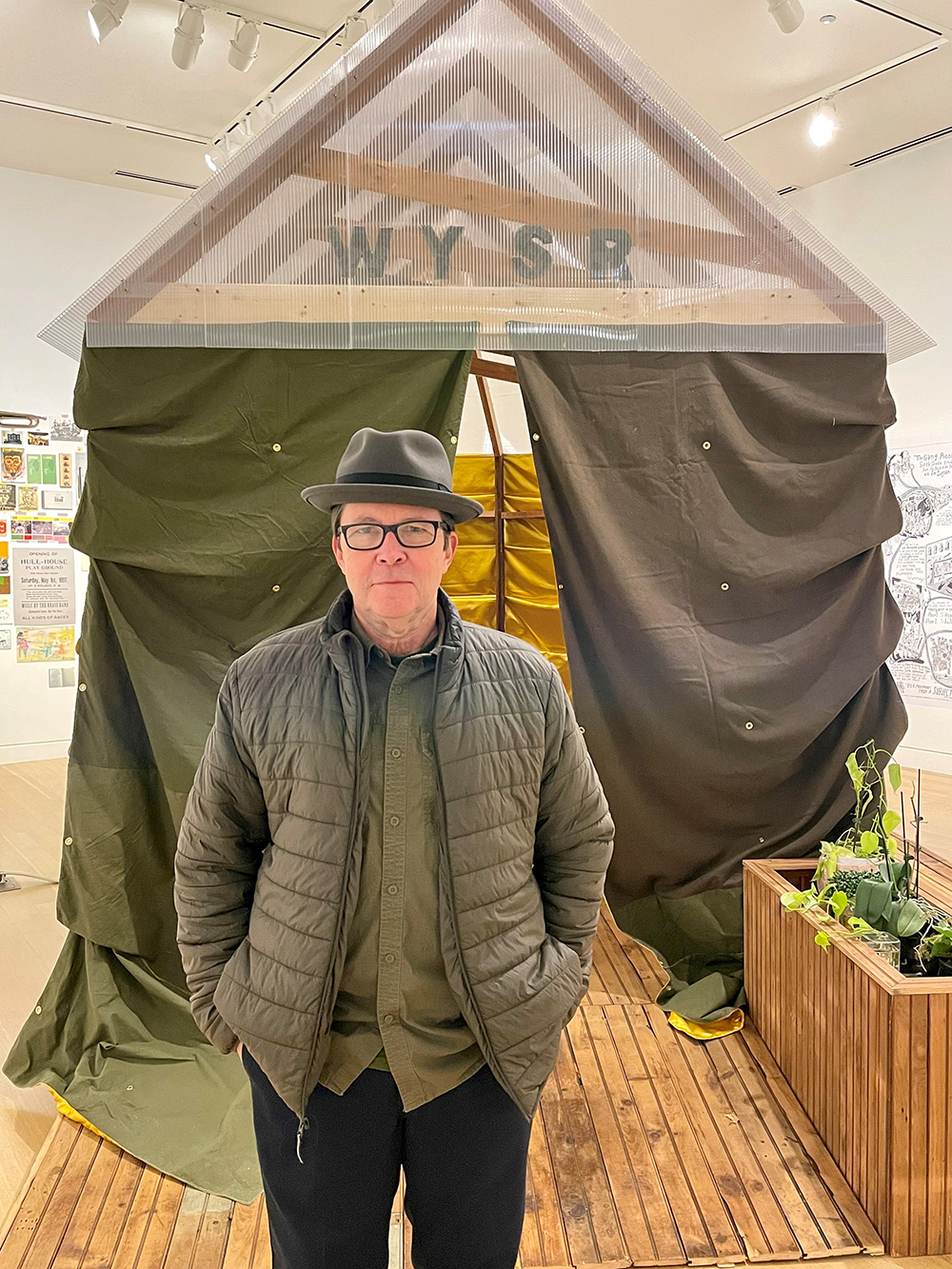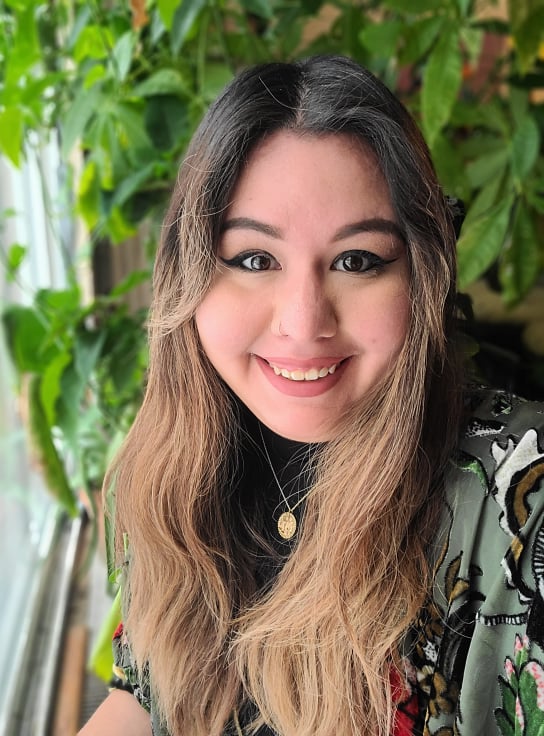It may be the final days of the Stockyard Institute’s
retrospective exhibition at DePaul Art Museum, but Jim Duignan is just getting started.
 Jim Duignan, associate professor in the College of Education and founder of the Stockyard Institute, is collaborating with DePaul Art Museum to build new educational opportunities at the museum. (Image courtesy of DePaul Art Museum)
Jim Duignan, associate professor in the College of Education and founder of the Stockyard Institute, is collaborating with DePaul Art Museum to build new educational opportunities at the museum. (Image courtesy of DePaul Art Museum)
An associate professor and chair of visual art education, Duignan says the exhibition has offered an opportunity to reflect and strategize about ways to bring the Stockyard Institute's methods to a wider audience. Now in his 30th year teaching in the College of Education, Duignan is working with students and museum staff to do just that.
“Jim and I have been talking a lot about the museum’s role as a good neighbor and about building the type of museum that connects people through art and learning together,” says Laura-Caroline de Lara, director of DePaul Art Museum. “We’re planning our next steps, determining how the principles and methods that Stockyard Institute embodies — those of care, curiosity and love — can be the foundation for building an innovative, Chicago-centric museum education platform.”
The Stockyard Institute is an ongoing civic and artistic practice. Influenced and shaped by youth, radical teachers and local activists, Duignan's projects emerge organically from early, formative experiences in Chicago's neighborhoods and alleys, public schools and parks, and his encounters with artists working outside of the mainstream.
“The retrospective has been a way to edit down the institute’s 25 most important projects, the work you could see sustaining an entire year around,” Duignan says. “In turn, it provides a kind of light toward how you might understand a prospective, so teachers can carry it forward and operationalize it alongside their students, not to their students.”
The exhibition includes objects, ephemera and documentation to spark inspiration in artists and teachers alike. One is the 1995 Gang-Proof Suit, which Duignan and sixth graders in the Back of the Yards neighborhood created in response to the threat of gun violence. With intention, Duignan has created projects that are open and sensitive to children on the margins, including those with disabilities or experiencing homelessness.
“It was really directing, in a Vincentian way, toward those who are most in need. We set up little fires in neighborhoods so that we could just gather around and really introduce ourselves to one another. The museum provides this time and space to have those long discussions,” Duignan says.
 Graduate student Lisa Gutierrez is an intern with Jim Duignan and DePaul Art Museum. (Image courtesy of Lisa Gutierrez)
Graduate student Lisa Gutierrez is an intern with Jim Duignan and DePaul Art Museum. (Image courtesy of Lisa Gutierrez)
Working alongside him is Lisa Gutierrez, who earned her bachelor’s degree in art, media and design from DePaul. She returned for graduate school in the College of Education to bridge her creative practice and burgeoning career. Working as an intern with Duignan at DPAM, she immediately felt at home.
“Something happens when you are where you’re supposed to be,” Gutierrez says. She and Duignan have been meeting with DePaul alumni, many of whom are art teachers. “We’re getting their feedback on their process, what they’re doing with their students, and what they can see happening in the future.”
For Gutierrez, part of that future is bringing more high school students into a university museum so they can envision what’s possible. “Part of museum education can be reaching out to kids to show them: this is how you get from here to there,” she says.
Duignan describes his work as “durational” and says seeing so much of the institute’s history, and his own life’s work, laid out in the exhibition has cemented that belief.
“It’s very clear that it’s about using your whole life,” he says. “It has to be thoughtful and collaborative. There has to be a kind of generosity between all of us, working together to ask the questions: what kind of city do we want to live in?”
De Lara says the Stockyard Institute exhibition has been “a beautiful way to sit with these decades of work and deliberate with Jim about what the next generations of this work look like.”
The exhibition closes at DPAM Feb. 13. For more information, visit
artmuseum.depaul.edu.